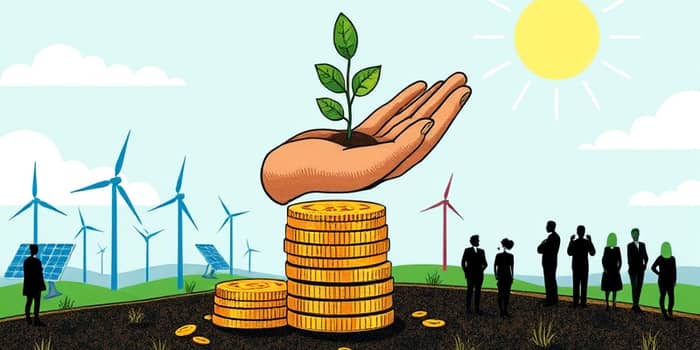
In an era where capital meets conscience, ESG investing has surged to the forefront of global finance.
ESG stands for Environmental, Social, and Governance. This framework offers investors a lens through which to evaluate corporate practices beyond traditional financial metrics.
Environmental criteria assess a company’s impact on the planet, including factors such as climate change, emissions, waste management, and biodiversity conservation.
Social criteria focus on relationships with employees, customers, and communities. They evaluate diversity and inclusion, human rights, labor conditions, and community engagement.
Governance criteria look at corporate leadership, board structure, executive compensation, ethical practices, transparency, and risk management processes.
Although its roots trace back to socially responsible funds of the 1960s, ESG investing has evolved into a rigorous discipline backed by data and analytics.
Early approaches often relied on negative screening—excluding industries like tobacco or firearms. Today’s investors leverage advanced risk assessments and standardized reporting frameworks such as SASB, GRI, and TCFD.
Institutional adoption has accelerated dramatically. ESG assets surpassed $30 trillion in 2022 and are on track to exceed $40 trillion by 2030, representing over 25% of assets under management globally.
ESG investing is more than a marketing buzzword. It offers tangible benefits in risk management and financial performance.
Investors can pursue a variety of approaches tailored to their values and financial goals.
As ESG assets swell, the demand for standardized reporting and regulation intensifies.
Key bodies such as the Sustainability Accounting Standards Board (SASB), Global Reporting Initiative (GRI), and the Task Force on Climate-related Financial Disclosures (TCFD) have developed frameworks to ensure transparency and comparability.
However, three significant challenges remain:
To illustrate ESG’s impact, consider a few standout cases:
1. A renewable energy fund that helped finance offshore wind farms, reducing reliance on fossil fuels and generating consistent returns above benchmark indices.
2. A multinational consumer goods company that restructured its supply chain to ensure ethical labor practices, resulting in improved brand reputation and stronger customer loyalty.
3. An impact fund dedicated to affordable housing, where local communities benefited from lower living costs and investors saw stable, long-term rental yields.
By 2025 and beyond, ESG investing will continue to evolve in several key ways:
• More prescriptive disclosure requirements will force companies to improve data quality. Investors will demand verified, third-party audits of ESG claims.
• Technological advancements such as AI and blockchain will enhance transparency and real-time monitoring of sustainability metrics across global supply chains.
• Growing interest in social and human capital metrics—factors like workforce well-being, equitable pay, and community impact—will gain prominence alongside environmental metrics.
• Blended finance and public-private partnerships will catalyze large-scale projects in emerging markets, addressing infrastructure gaps and sustainable development goals.
ESG investing bridges finance with purpose. It enables investors to direct capital toward companies and projects that foster environmental stewardship, social equity, and ethical governance.
As regulations tighten and data standards mature, ESG strategies will become increasingly sophisticated, offering robust risk management and the potential for competitive returns.
Whether you are an institutional allocator or a retail investor, understanding and embracing ESG principles can empower you to build portfolios that reflect your values and help shape a more sustainable world.
References





